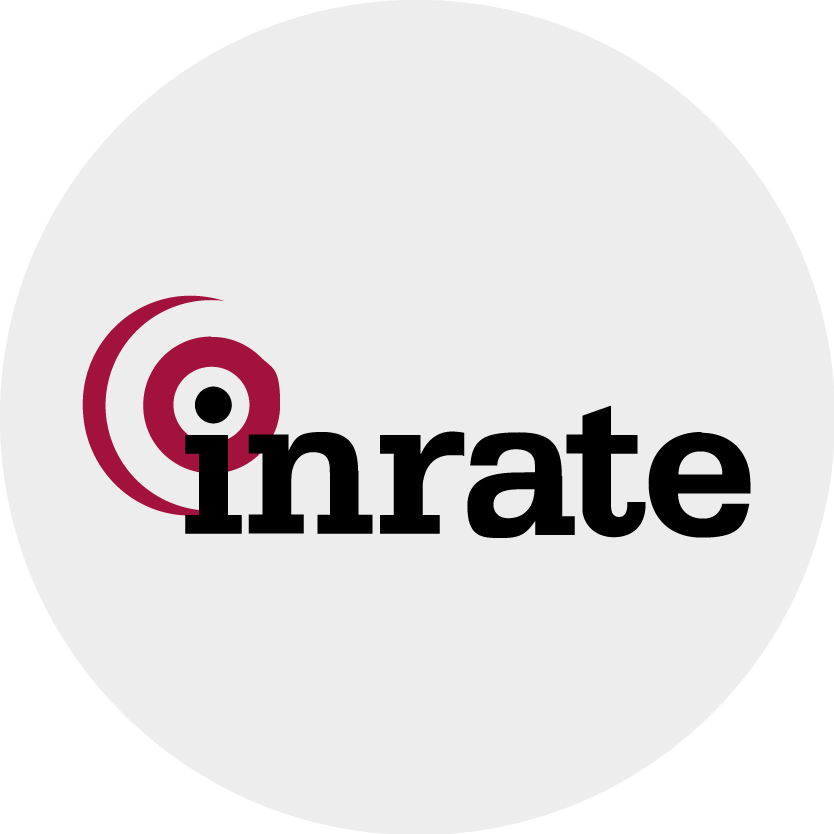Introduction
In March 2021, the European Union (EU) introduced the Sustainable Finance Disclosure Regulation (SFDR) to help improve transparency and accountability in sustainable investment. As part of evolving SFDR trends and tools, financial companies must reveal their approaches to considering and factoring in the risks and benefits related to Environmental, Social, and Governance (ESG) matters. SFDR ensures that investors get the information they need to make wise decisions and prevents instances of greenwashing in the industry.
Besides helping financial firms comply with regulations, SFDR plays a significant role in enabling them to become more sustainable. This requires organizations to reconsider how they invest, align with their future ESG objectives, and clearly inform their stakeholders. ESG factors now greatly impact financial performance, and SFDR helps ensure that institutions integrate sustainability into their main actions, rather than just adding it on later.
Financial institutions are increasingly relying on SFDR solutions to manage their ESG reporting, check the accuracy of their data, and follow the necessary regulations. Using the right solution is important for companies as it allows them to comply with the rules, build an ESG leadership reputation, get investor approval, and achieve wider sustainability objectives.
Understanding SFDR: A Quick Refresher
What is SFDR?
Under SFDR, asset managers and advisors in the EU are expected to declare their approach to dealing with sustainability risks and the impact of their investments on ESG aspects. SFDR aims to ensure that all investors in the sustainable sector have consistent and reliable information, making it easier for them to decide what to do next.
Curbing greenwashing among companies is crucial to achieving the main goal of this regulation. Hence, SFDR classifies investment products under Article 6 (non-ESG), Article 8 (promoting ESG), and Article 9 (sustainable objectives) depending on how green or ESG-friendly they are. With sustainability being important to investors, SFDR ensures that businesses can show proof based on data.
Key Objectives
- Transparency: Make sure investors receive easy-to-understand and similar information about the sustainability of different financial products.
- Comparability: Make sure that disclosures are standardized, so investors can compare one financial product to another
- Sustainability Risk Integration: Ensure that ESG factors are included in every step of making investment decisions
Entities Impacted
Only asset managers, financial advisors, and institutional investors active in the EU or serving EU clients are required to comply with SFDR policies.
Link to the EU Green Deal and EU Taxonomy
SFDR is consistent with the EU’s plans for sustainable finance as outlined in the EU Green Deal and the EU Taxonomy, which helps classify economic activities based on their sustainability. SFDR uses this system to clarify and report on sustainable investments.

Why Financial Institutions Need Robust SFDR Solutions
Regulatory Compliance and Legal Risk Mitigation
Non-compliance with SFDR can lead to legal issues and damage a company’s reputation. Effective SFDR solutions enable institutions to comply with regulations and ensure timely, comprehensive disclosures.
Investor Expectations for ESG Transparency
Investors increasingly demand transparency regarding ESG performance. Implementing robust SFDR measures allows organizations to deliver accurate and detailed ESG information.
Operational Efficiency Through Automation
Manual collection and reporting of ESG data is slow and prone to errors. Automated SFDR systems streamline the process, reduce operating costs, and enhance data quality.
Integration with Existing ESG & Risk Management Frameworks
Using SFDR solutions that integrate seamlessly with ESG & risk management systems enables a wider view of sustainability & risk assessments.
Key Trends in Sustainable Finance Disclosure Regulation Solutions
Integration of Artificial Intelligence (AI) and Machine Learning (ML)
The use of AI and ML is transforming how ESG data is looked at and managed. Using these technologies, sustainability data can be easily sorted and used to predict future ESG results, helping companies manage potential risks.
Enhanced Data Granularity and Quality
More companies are now asking for reliable and standardized data on ESG matters. The use of satellite data, Natural Language Processing (NLP), and data from ESG providers ensures that the data is accurate and detailed.
Interoperability with Other Frameworks
Investment funds are increasingly adopting SFDR guidelines to meet the requirements of the Corporate Sustainability Reporting Directive (CSRD), the EU Taxonomy, and the Task Force on Climate-Related Financial Disclosures (TCFD). Allowing systems to work together increases consistency and reduces paperwork.
Real-time Monitoring and Reporting
Software for SFDR now includes cloud-based dashboards and live monitoring. These features help companies see where they stand on compliance matters and understand their ESG performance over time.
Core Tools Driving SFDR Compliance
Overview of Leading SFDR Data Solutions and Platforms
Various companies are helping with SFDR compliance by providing thorough ESG data management and reporting tools, including:
- ESG Data Providers: There are various platforms that simplify finding the ESG information needed for disclosures. They assist financial institutions in identifying and categorizing ESG risks when choosing which products to invest in. Standard methods and reports do not change, allowing for easy and honest viewing.
- Carbon Accounting Tools: Such tools help entities address their carbon footprints in compliance with the rules set out by SFDR.
- Portfolio-level ESG Assessment Tools: Such tools help in the ESG assessment of entire portfolios, helping companies conform and make strategic decisions.
Features to Look for in a Tool
- Automated Reporting: Helps companies generate reports that meet the requirements of SFDR guidelines.
- Regulatory Updates: Ensure that the tool receives all SFDR updates.
- Audit Trails and Data Lineage: Allow users to see the origins of ESG data and the stages of ESG data management

Challenges in Using SFDR Data and How to Overcome Them
Incomplete or Inconsistent Data
Inaccurate reporting can result from a lack of ESG data within various institutions. Using external data sources and conducting rigorous tests on collected data is among the common approaches.
Greenwashing Risks
Greenwashing can be very risky as it often misleads investors about how sustainable an investment is. If SFDR solutions use reliable data and clearly stated approaches, investors can deal with this risk.
Lack of Internal Expertise
It is necessary to have specialized information to comply with SFDR. Learning from ESG professionals and partnering with them can help organizations develop ESG capabilities.
How SFDR Solutions Help Mitigate These Challenges
Having a reliable SFDR solution helps by providing correct information, confirming compliance, and giving expert advice, making institutions more credible and trusted by investors.
How to Choose the Right SFDR Solution for Your Institution
Evaluate Based on Size, Portfolio Complexity, and Existing ESG Infrastructure
The suitability of an SFDR solution for an organization depends on its scale and complexity. Smaller companies may find easier-to-use solutions appropriate; however, larger businesses could gain from solutions that can adapt to their needs.
Integration with Internal Systems
Check that the selected solution works well with your CRM systems, investment platforms, and other tools within your firm to help data move and be reported easily.
Vendor Support and Regulatory Update Capabilities
Select vendors who provide solid customer service and keep their tools up to date with recent regulatory changes.
Future of SFDR Solutions
Increasing Pressure on ESG Transparency
Investors are now asking for increased transparency. There is a need for SFDR solutions to grow so that they can offer both more specific and easily understandable ESG information.
Evolution of Sustainability Data Standards
With rising standards in sustainability, SFDR solutions also need to include updated measures and reporting rules.
Role of Fintech in Shaping Next-gen SFDR Solutions
The growth of fintech is supporting the creation of new and improved SFDR tools with increased insight, better user experience, and the ability to connect to other systems.
EU Omnibus Regulation and Its Implications
The EU Omnibus Regulation tries to bring together important sustainability rules such as SFDR, CSRD, and the EU Taxonomy to make reporting and rules easier and more organized. This will help ensure that ESG disclosures are more standardized and that financial institutions don’t have to report the same information repeatedly.
Therefore, SFDR solutions need to adapt and be able to help companies follow rules from different countries, not just those from one place. Future-ready tools will have to be able to deal with combined disclosures, consider both environmental and social impacts, and follow set standards, so being flexible and interoperable with other tools is important.

Conclusion
Implementing SFDR solutions that grow and remain stable goes beyond ensuring compliance. It allows financial institutions to lead in the field of sustainable finance. If a company fails to keep up, it may be penalized by regulators, risk its reputation, and lose investors’ trust. Adopting advanced SFDR tools can help institutions become more transparent, earn trust, and achieve sustainability.


